Every shelf in your home tells a story that goes beyond functionality. The books, ceramics, artwork, keepsakes, and...
- There are no more items in your cart
- Shipping
- Total £0.00
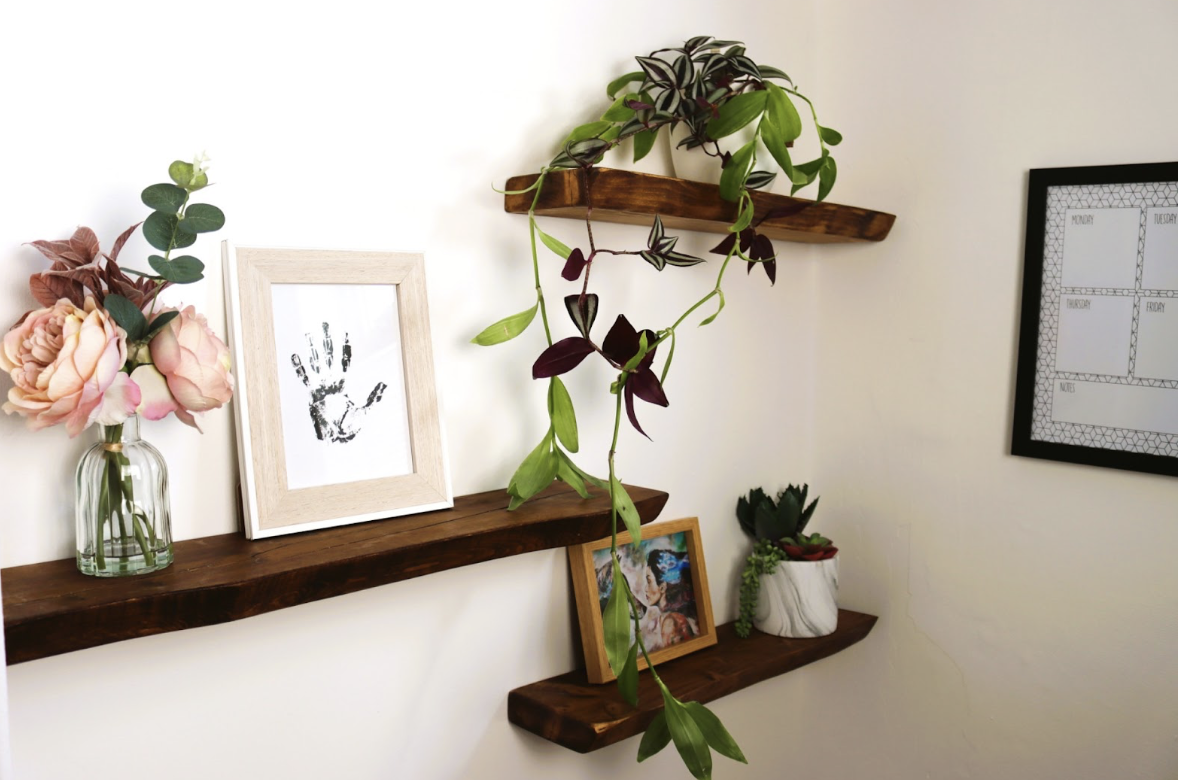
Sustainable shelving – eco-friendly materials and finishes that last
Sustainability is no longer just a trend; it’s become a way of life for many homeowners and designers. Every decision we make when it comes to decorating and furnishing our homes leaves a mark on the environment and shelving is no exception. Whether you’re renovating a single room, upgrading a home office, or creating a statement wall in your living room, the materials and finishes you choose can have a lasting impact on both your space and the planet. Sustainable shelving is about more than just aesthetics; it’s a mindset. It’s about choosing materials that tell a story, opting for quality over quantity, and investing in pieces that will stand the test of time.
Table of contents:
- Why sustainable shelving matters in modern homes
- Choosing reclaimed and responsibly sourced wood
- Alternative eco-friendly materials worth exploring
- Natural and non-toxic finishes for a healthier home
- Building and buying shelves that are made to last
- Supporting responsible brands and local makers
- Styling tips that align with sustainable living
- Final thoughts
Why sustainable shelving matters in modern homes
Most mass-produced furniture is made from cheap materials, assembled quickly, and discarded just as easily. The environmental toll of this “fast furniture” is enormous – think deforestation, chemical-heavy finishes, and an endless cycle of waste. Shelving, though often overlooked, is one of the most functional and visible elements in a home. It’s where we display our favorite books, plants, and memories, and it’s often fixed permanently to our walls. Choosing sustainable shelving isn’t just about following a trend; it’s about creating a healthier home environment while reducing your ecological footprint. Well-made shelves can last decades, becoming part of the story of your home rather than something you’ll toss after a year.
Choosing reclaimed and responsibly sourced wood
Reclaimed wood is one of the best choices for eco-conscious shelving. Not only does it reduce demand for newly harvested timber, but it also adds character and warmth to a room. Each piece of reclaimed wood has a history – from old barns to factory floors and brings a sense of depth that new materials can’t match. If reclaimed wood isn’t accessible, look for shelving made from FSC-certified timber. The Forest Stewardship Council certification ensures that the wood is sourced responsibly, protecting forests and communities. Even simple pine or oak shelves can be sustainable if the wood comes from a regulated source and is treated properly to extend its life.
Alternative eco-friendly materials worth exploring
While wood is a timeless favorite, sustainable design has introduced plenty of exciting alternatives. Bamboo, for example, is a fast-growing, renewable material that’s lightweight, durable, and naturally stylish. Recycled metal shelving is another option, adding an industrial edge to interiors while reducing landfill waste. For a truly innovative approach, some designers are experimenting with compressed agricultural byproducts, cork, or even recycled plastics turned into durable shelving boards. These materials prove that sustainable shelving doesn’t mean compromising on design; instead, it opens the door to unique textures and creative finishes that set your home apart.
Natural and non-toxic finishes for a healthier home
What goes on your shelves matters just as much as what they’re made from. Many mass-produced shelves are coated with varnishes or paints containing VOCs (volatile organic compounds), which can release harmful fumes into your home. Opting for natural finishes such as beeswax, tung oil, or linseed oil not only gives your shelves a beautiful, rich texture but also keeps your indoor air quality healthier. Low-VOC paints and stains are widely available and come in a variety of colors, making it easy to get the exact look you want while staying eco-friendly. A simple beeswax polish can bring out the natural grain of wood, keep it moisturized, and ensure it ages gracefully over time.
Building and buying shelves that are made to last
Sustainability isn’t just about materials; it’s also about durability. Investing in high-quality craftsmanship means fewer replacements down the line. If you’re handy, building your own shelves from reclaimed wood or secondhand materials can be both sustainable and deeply rewarding. If DIY isn’t your style, seek out local woodworkers or furniture makers who prioritize quality construction. Sturdy brackets, reinforced joints, and thoughtful design details all contribute to longevity. The goal is to create shelving that’s not only beautiful but strong enough to be moved, repaired, and reused over decades.
Supporting responsible brands and local makers
Every purchase is a vote for the kind of world you want to live in. Supporting brands that prioritize sustainability, transparency, and ethical sourcing is one of the most powerful ways to make a difference. Look for companies that disclose where their materials come from, use eco-friendly packaging, and prioritize fair labor practices. Better yet, shop locally. Local artisans and small businesses often use reclaimed or locally sourced wood and take pride in creating one-of-a-kind pieces. Not only will you reduce the environmental footprint of shipping, but you’ll also invest in your own community.
Styling tips that align with sustainable living
Once you’ve chosen your eco-friendly shelves, the way you style them can also reflect your sustainable values. Decorate with items that tell a story – secondhand books, handmade ceramics, and thrifted art all add a unique charm while reducing waste. Plants are another perfect choice, adding greenery and life to your shelves while improving indoor air quality. Try to keep your styling intentional and minimal; part of living sustainably is resisting the urge to overconsume. Instead of buying mass-produced decor, curate meaningful objects that feel connected to your space.
Final thoughts
Sustainable shelving is more than a design choice; it’s an investment in your home and the planet. By opting for reclaimed or responsibly sourced materials, choosing natural finishes, and supporting ethical makers, you create a space that not only looks beautiful but also reflects your values. These shelves will stand the test of time, carrying stories and memories while leaving a lighter footprint on the earth. Sustainability doesn’t have to feel like a compromise; when done right, it makes your home richer, more meaningful, and far more unique.

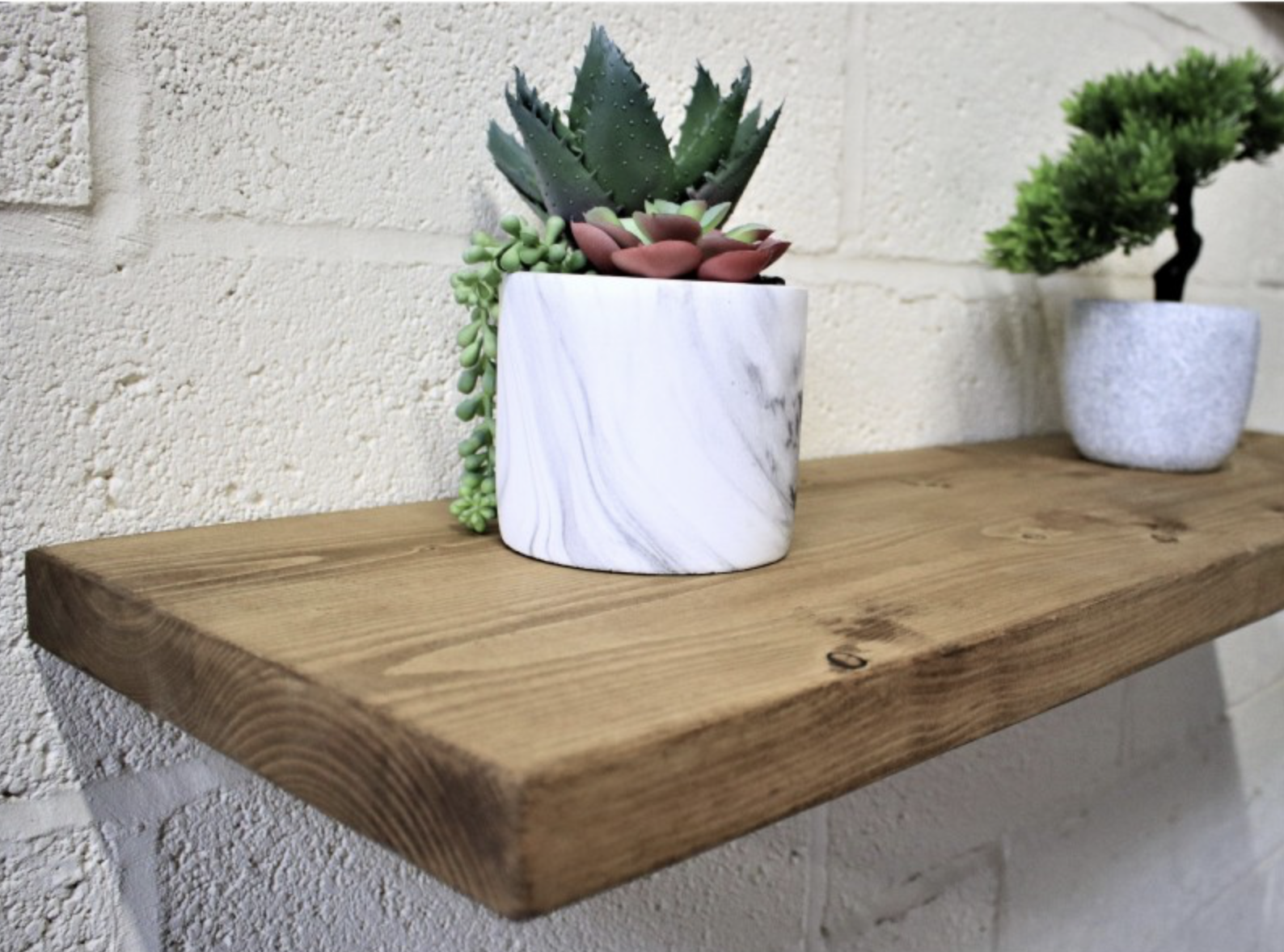
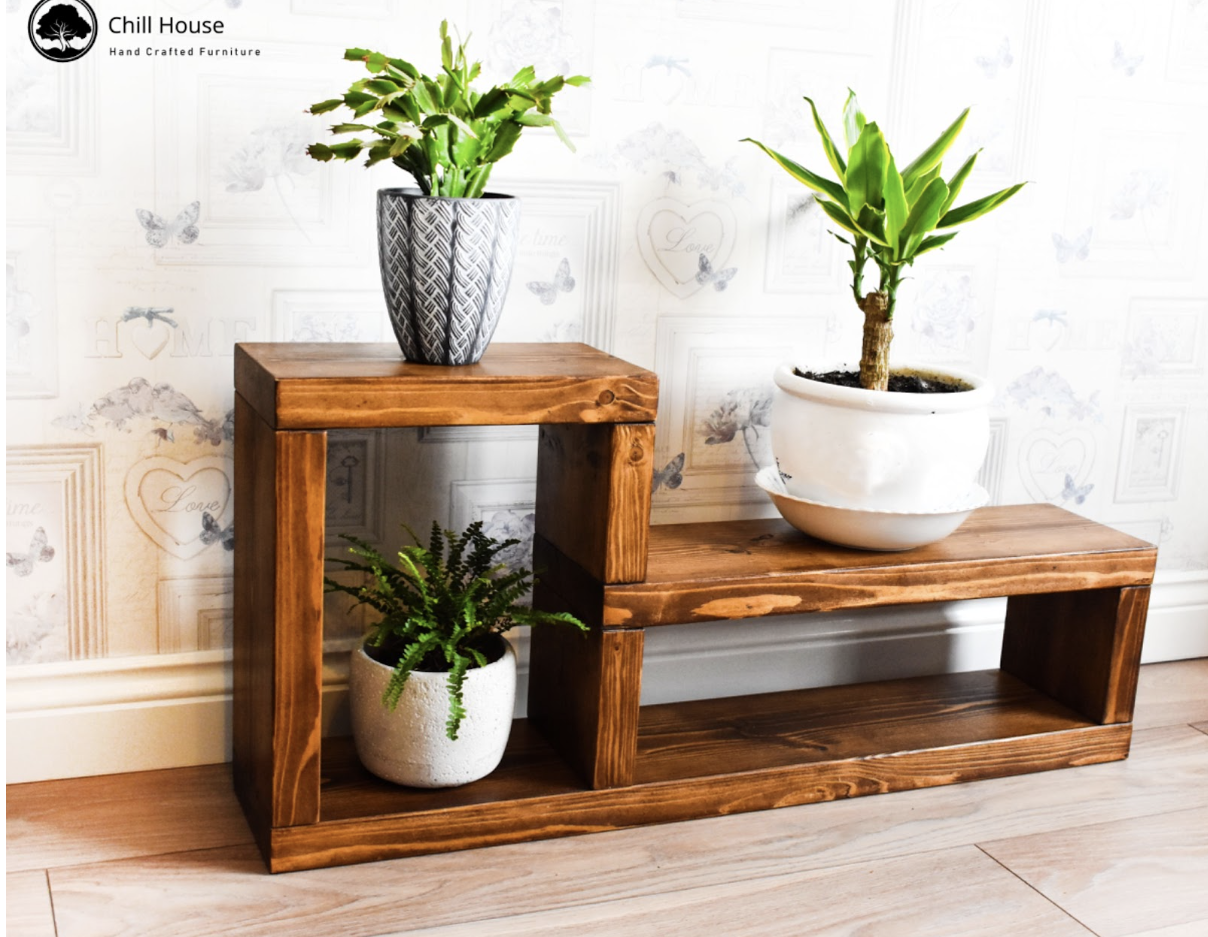
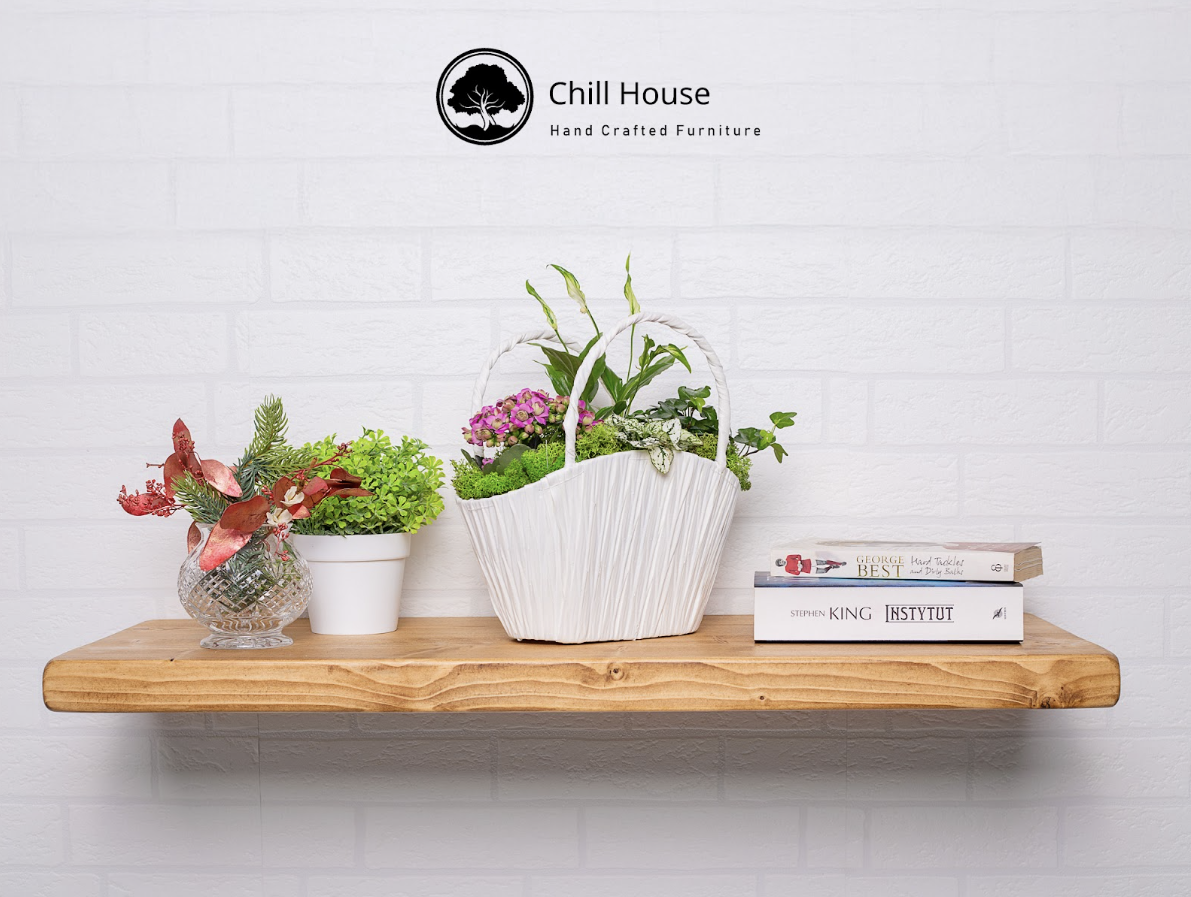


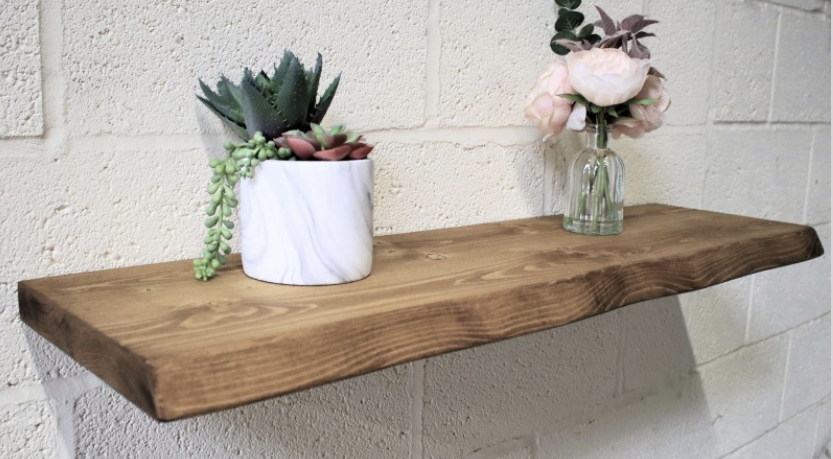
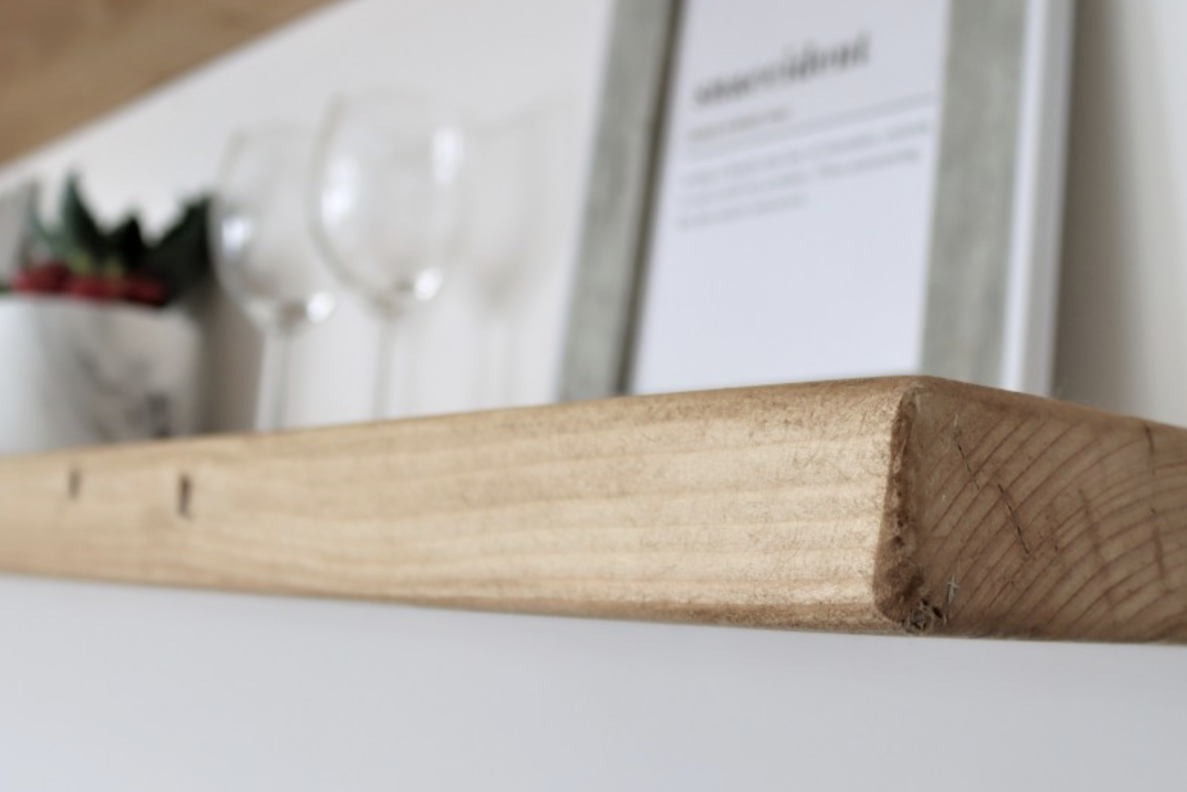
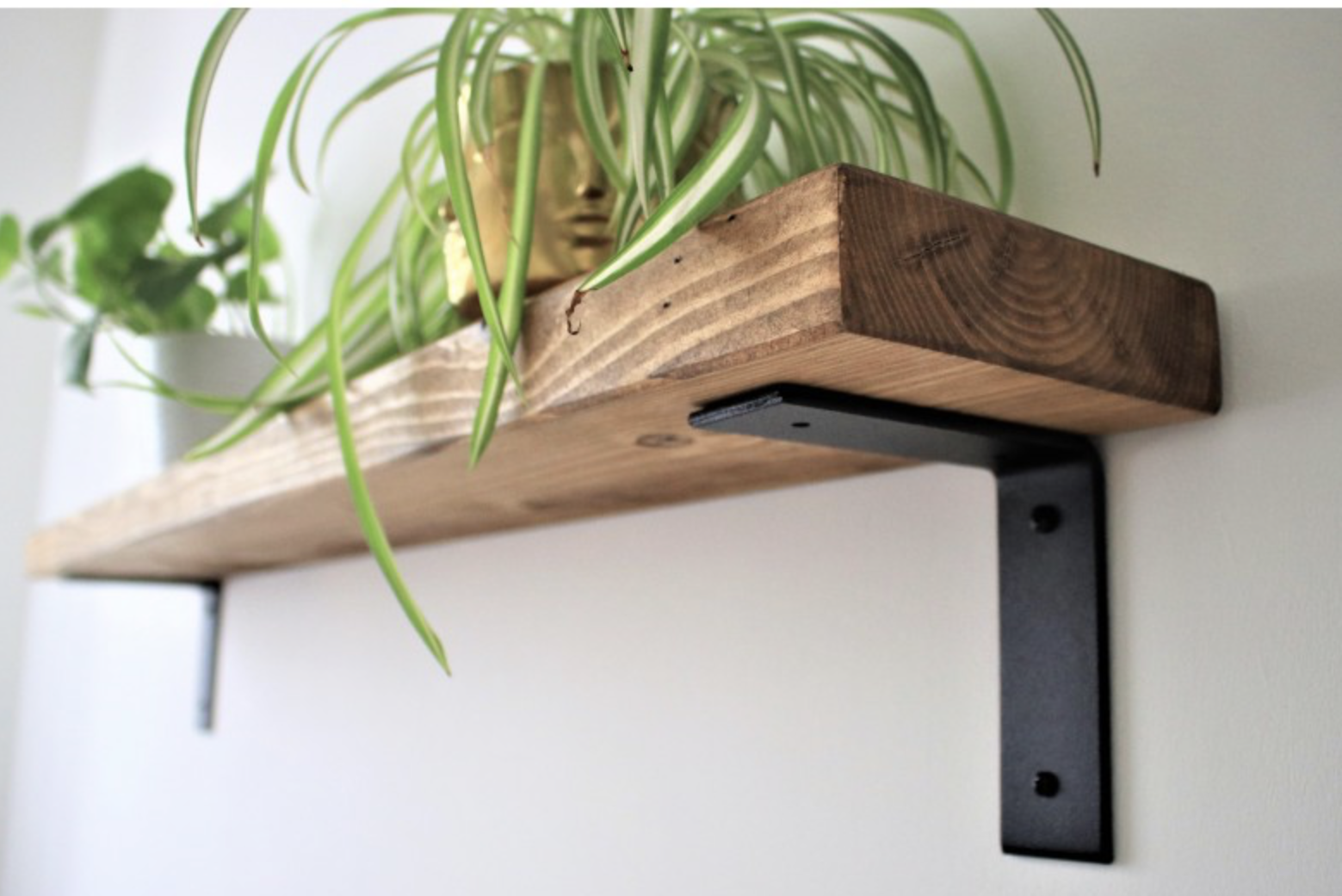
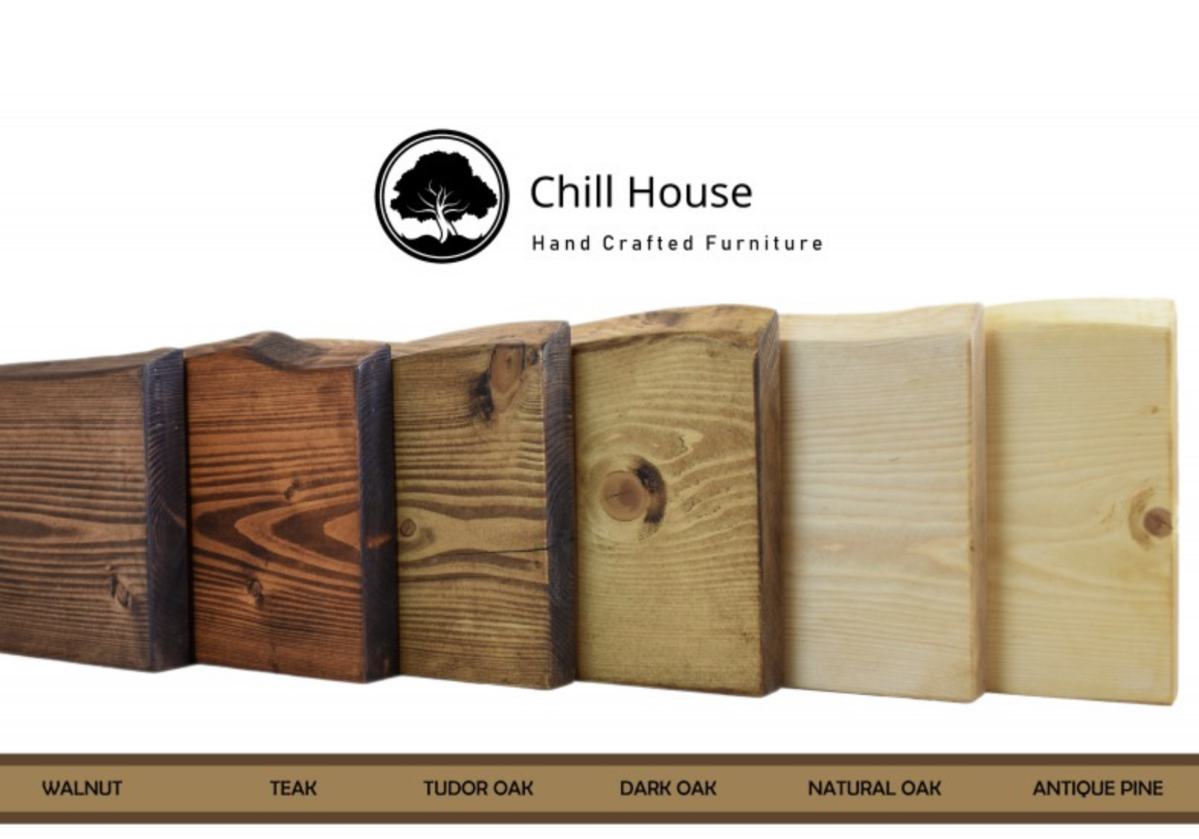
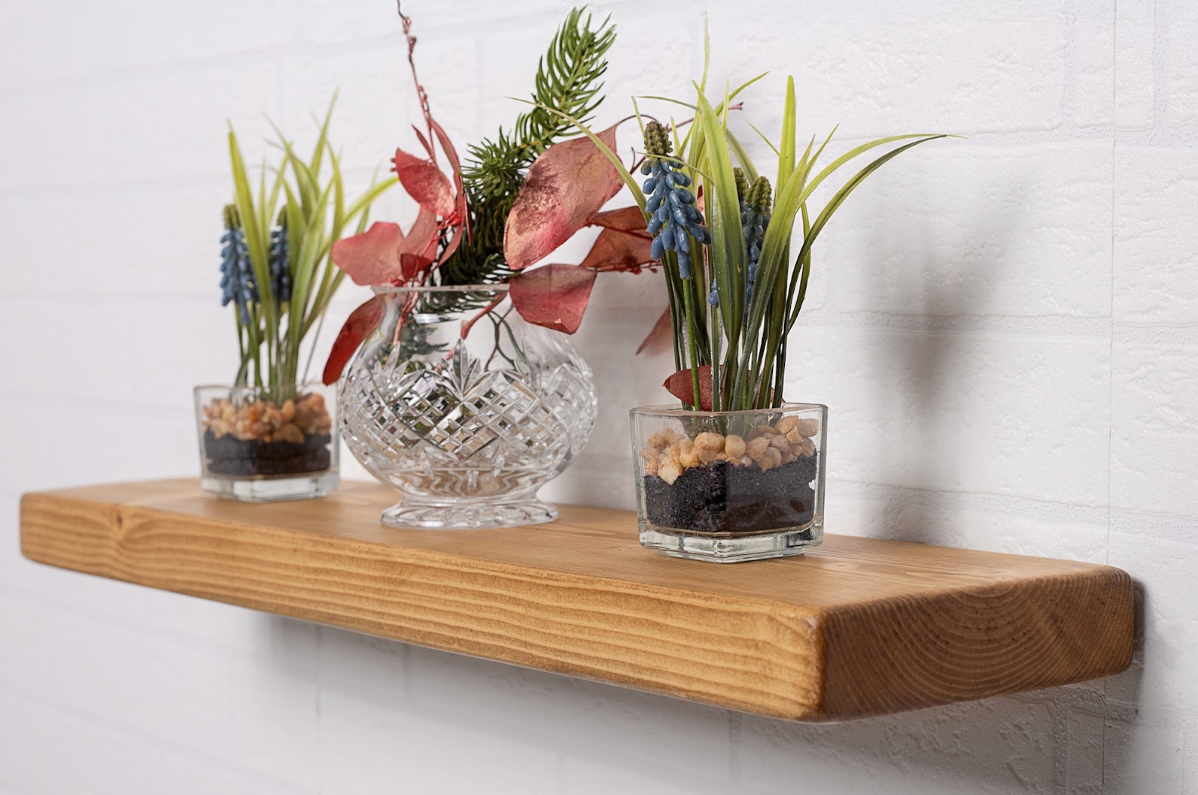





Leave a comment